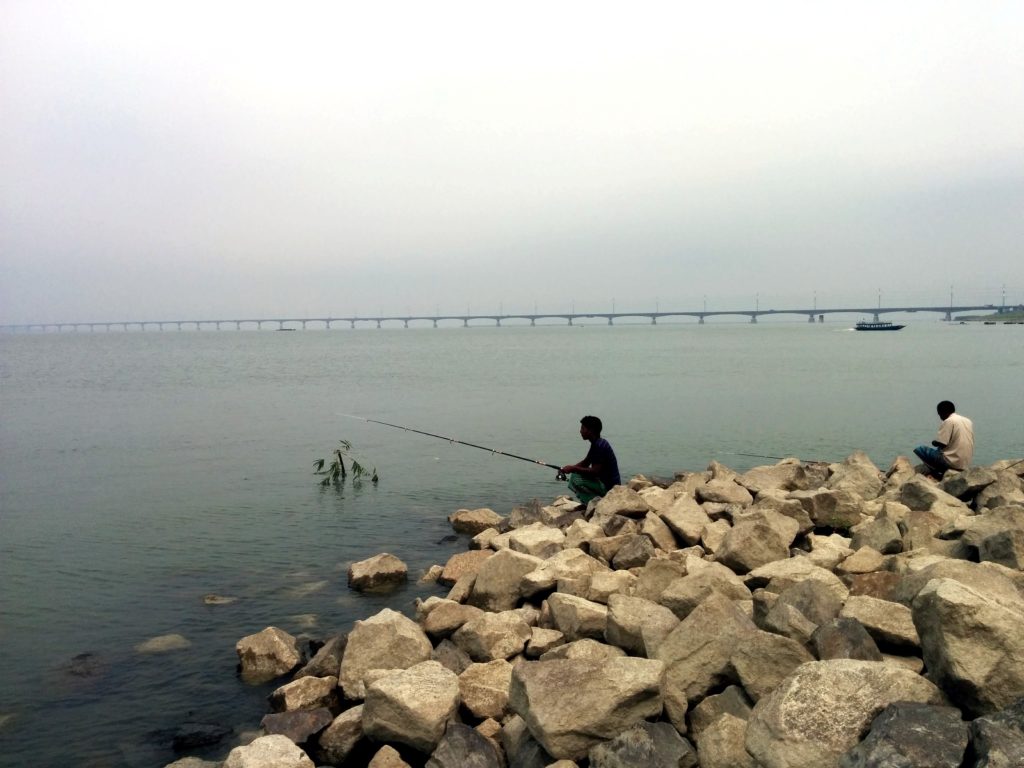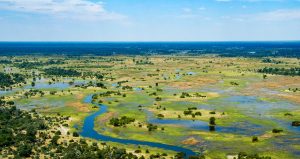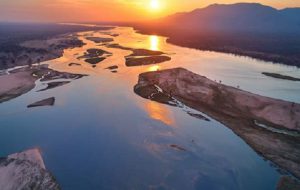Transboundary Water Cooperation over the Brahmaputra River
Legal Political Economy Analysis of Current and Future Potential Cooperation . The Brahmaputra River (also called Yarlung-Tsangpo in China; Jamuna in Bangladesh; and Manas River in Bhutan) is one of the largest rivers in South Asia. The river originates in the Tibetan area of China and flows through four countries, including China, Bhutan, India and Bangladesh, before reaching the sea at the Bay of Bengal. It provides an important source of livelihoods for the riparian populations, many of whom use the river for agriculture and fisheries. The river also encompasses a huge potential for hydropower electricity generation with some dams planned or already operating within China, Bhutan and India. The use of its water resources has become the source of contention between different users in some parts of the river, involving multiple jurisdictions and countries. Sharing of water resources over several jurisdictions can potentially create conflict among various actors.

Recognizing importance for water cooperation over the Brahmaputra, this report analyses key factors that affect transboundary water cooperation. It also analyses potential area of future cooperation, termed as Zone of Possible Effective Cooperation (ZOPEC). Eight cases of current cooperation action situations over the Brahmaputra river were analysed, based on field research within four riparian countries and literature review. The Multi-Track Water Diplomacy Framework was used as analytical core. The research results were validated through a stakeholder workshop. With inputs from riparian stakeholders, the research explored ZOPEC for the Brahmaputra River.
This report was originally published by The Hague Institute for Global Justice.
Legal Political Economy Analysis of Current and Future Potential Cooperation
The Brahmaputra River (also called Yarlung-Tsangpo in China; Jamuna in Bangladesh; and Manas River in Bhutan) is one of the largest rivers in South Asia. The river originates in the Tibetan area of China and flows through four countries, including China, Bhutan, India and Bangladesh, before reaching the sea at the Bay of Bengal. It provides an important source of livelihoods for the riparian populations, many of whom use the river for agriculture and fisheries. The river also encompasses a huge potential for hydropower electricity generation with some dams planned or already operating within China, Bhutan and India. The use of its water resources has become the source of contention between different users in some parts of the river, involving multiple jurisdictions and countries. Sharing of water resources over several jurisdictions can potentially create conflict among various actors.
Recognizing importance for water cooperation over the Brahmaputra, this report analyses key factors that affect transboundary water cooperation. It also analyses potential area of future cooperation, termed as Zone of Possible Effective Cooperation (ZOPEC). Eight cases of current cooperation action situations over the Brahmaputra river were analysed, based on field research within four riparian countries and literature review. The Multi-Track Water Diplomacy Framework was used as analytical core. The research results were validated through a stakeholder workshop. With inputs from riparian stakeholders, the research explored ZOPEC for the Brahmaputra River.
This report was originally published by The Hague Institute for Global Justice.



